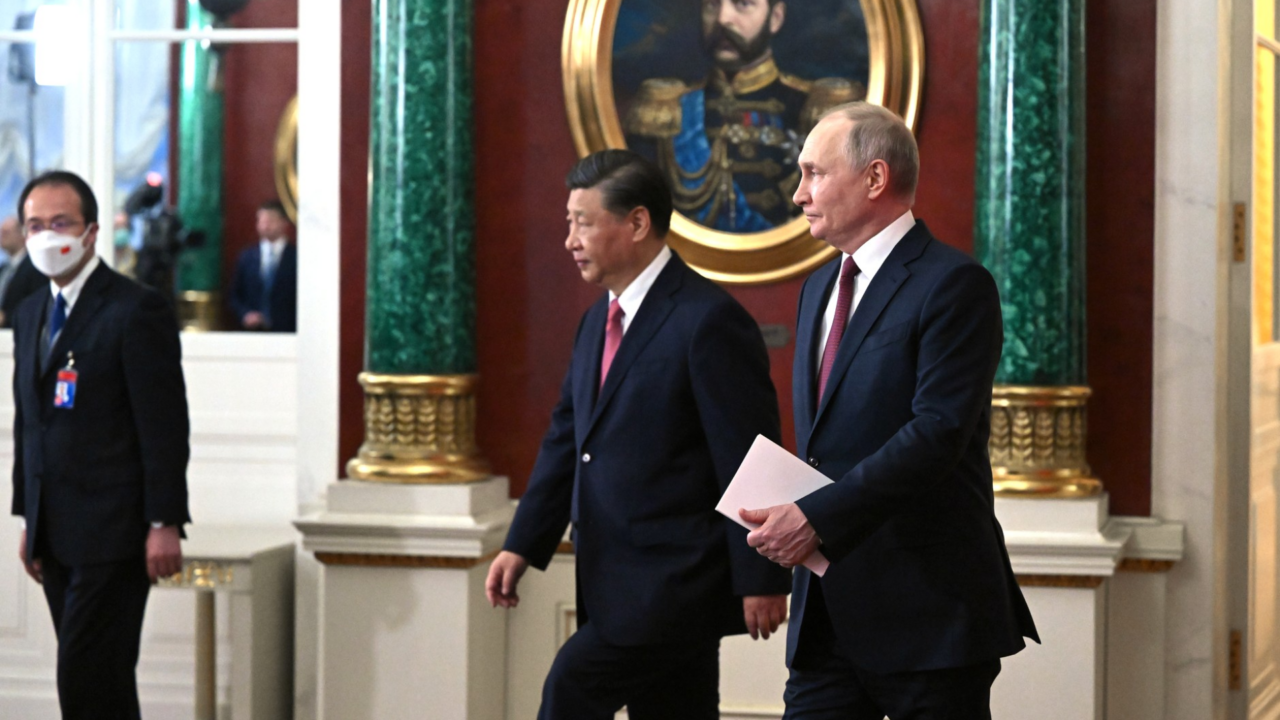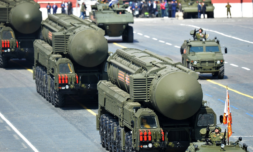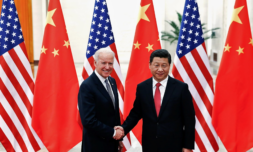In Beijing, Presidents Xi Jinping and Vladimir Putin reaffirmed their complex partnership and promoted a multipolar world order in opposition to US leadership.
In mid-May, Chinese President Xi Jinping welcomed Vladimir Putin to Beijing for a bilateral discussion on their comprehensive strategic partnership.
The two-day ordeal placed significant emphasis on the growing bond between both nations, bolstered by the ongoing Russia-Ukraine war and a shared ambition of countering the US-led world order.
During the visit, Xi reaffirmed that their relationship would endure for generations, a sentiment reflecting their dependence on one another. In fact, without China’s support, Russia’s economy would stagnate under Western sanctions.
This year marks the 75th anniversary of the Sino-Russian diplomatic relationship and coincides with Putin’s re-election. As a result, it’s expected that ties between the two nations will increasingly fortify, especially given their mutual economic and diplomatic dependencies.
The ‘no limits’ partnership
Weeks before Russia engaged in the full-scale invasion of Ukraine in February 2022, both nations formally announced their ‘no-limits’ partnership – which was re-affirmed at the visit. Fueled by the isolation and threats of the West, economic interdependence, and military cooperation, the partnership is driven by mutual geopolitical interests.
Military-wise, intensified collaboration between both nations has brought with it joint military exercises, technology sharing, and the development of new weapons. Russia is providing military technology such as air defense systems used in China’s under-the-radar submarines, while China is providing Russia with drone and missile engines as well as semiconductors for use in the defense industry.
The Russian imports of semiconductors from China rose by $300 million between 2021 and 2022, pointing to the use of Chinese components in its increasing military presence against Ukraine.
To counteract US leadership on the geopolitical stage, both nations have been working on their diplomatic outreach through forums such as the Shanghai Cooperation Organisation and the BRICS summit. Both alliances aim to reduce the dependence of member nations on Western economies through alternative trade routes and platforms for global governance outside the US-led framework.




















